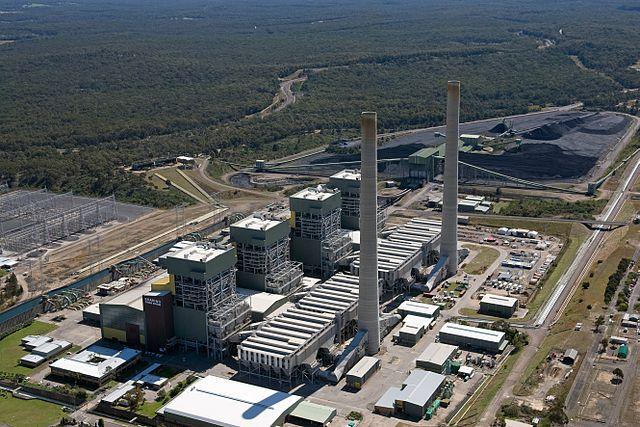The New South Wales (NSW) Labor government must do everything it can to stop the closure of the Eraring Power Station, with one think tank warning its shutdown could trigger major energy shortages and price hikes.
Eraring’s seemingly inevitable closure will follow that of Liddell Power Station, Australia’s second-largest power plant, which supplied power to approximately 750,000 Australian homes until its decommissioning in April.





